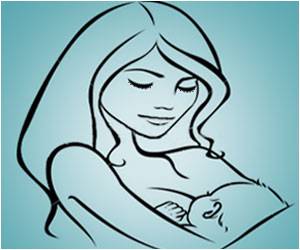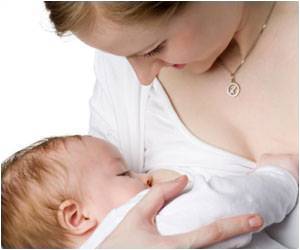
"Being exposed to POPs either before or after birth is an important consideration in assessing risk. It is important to accurately assess early life exposures to these chemicals, but to do so without diverting attention from the substantial health benefits of breastfeeding," say David G. Farrer, PhD, Oregon Health Authority, and Geniece M. Lehmann, PhD, US Environmental Protection Agency, session co-chairs for "Understanding the Implications of Breastfed Infant Exposures to POPs: How Can We Do Better."
Research has shown that POPs-chemicals such as PCBs, DDT, and dioxin-can accumulate over time in a woman's fatty tissues. These chemicals then find their way into breast milk, but in what quantity and to what effect are less understood.
The information, models, and tests being presented during today's session are designed to help provide clarity to these unknowns. Presenters include:
- Judy S. LaKind, PhD, president of LaKind Associates, LLC, who has extensively studied children's exposures to environmental chemicals and is discussing what is currently known about infant exposure to POPs through breastfeeding.
- Mike Poulsen, Oregon Department of Environmental Quality, who is speaking about his efforts to include the breastfeeding pathway in the human health risk assessment for an Oregon Superfund site.
- Hisham A. El-Masri, PhD, US EPA, who is presenting a model that estimates the rate of PCB excretion in milk and how it can be used to predict PCB exposure for infants.
- Sami Haddad, PhD, Université de Montréal, who is showcasing a model that predicts children's internal exposure to POPs and how this model has been used in epidemiological studies to identify crucial windows of sensitivity during childhood development to chemical exposure.
To speak with a topic expert from the "Understanding the Implications of Breastfed Infant Exposures to POPs" session, please contact the Society of Toxicology.
Advertisement










